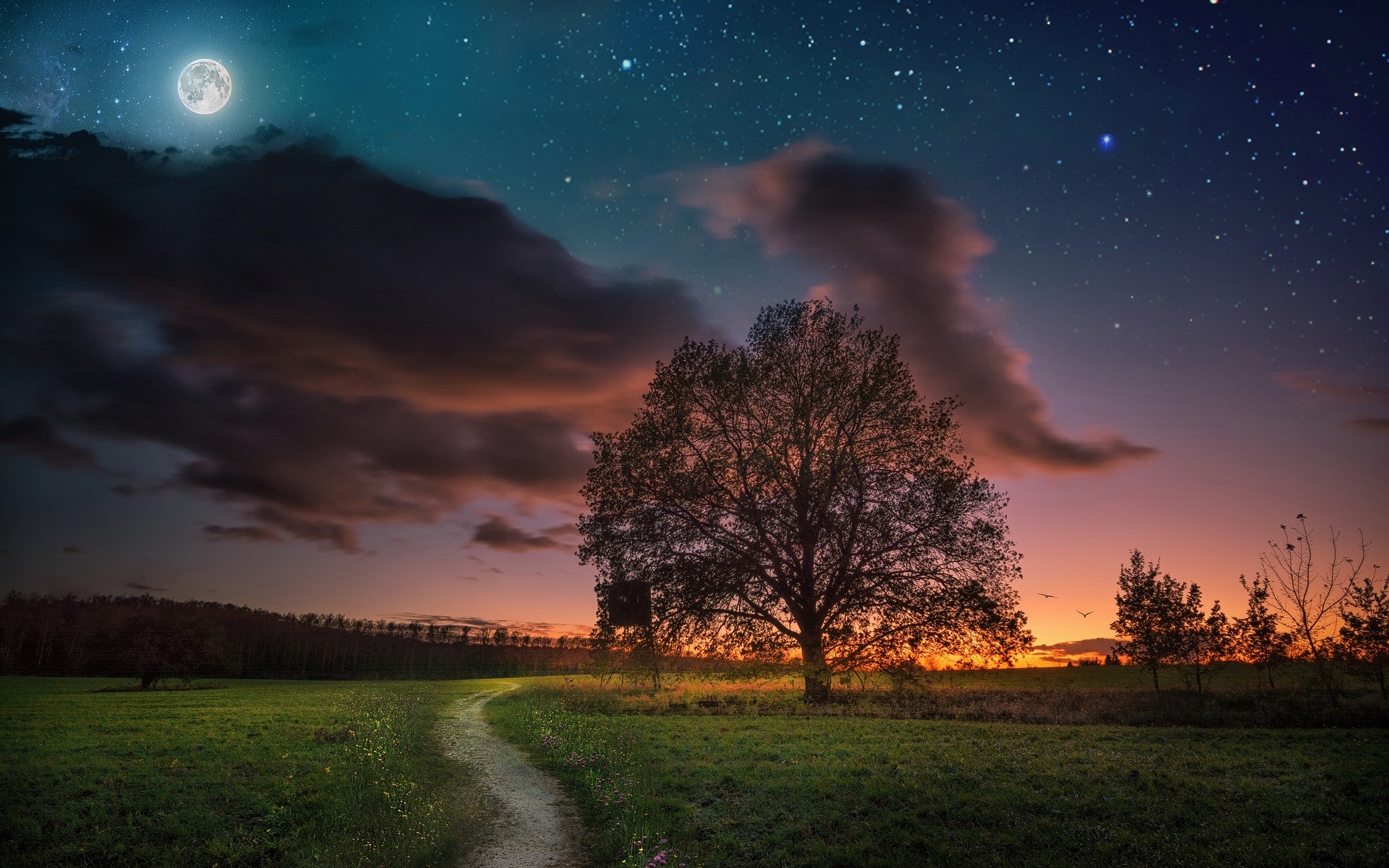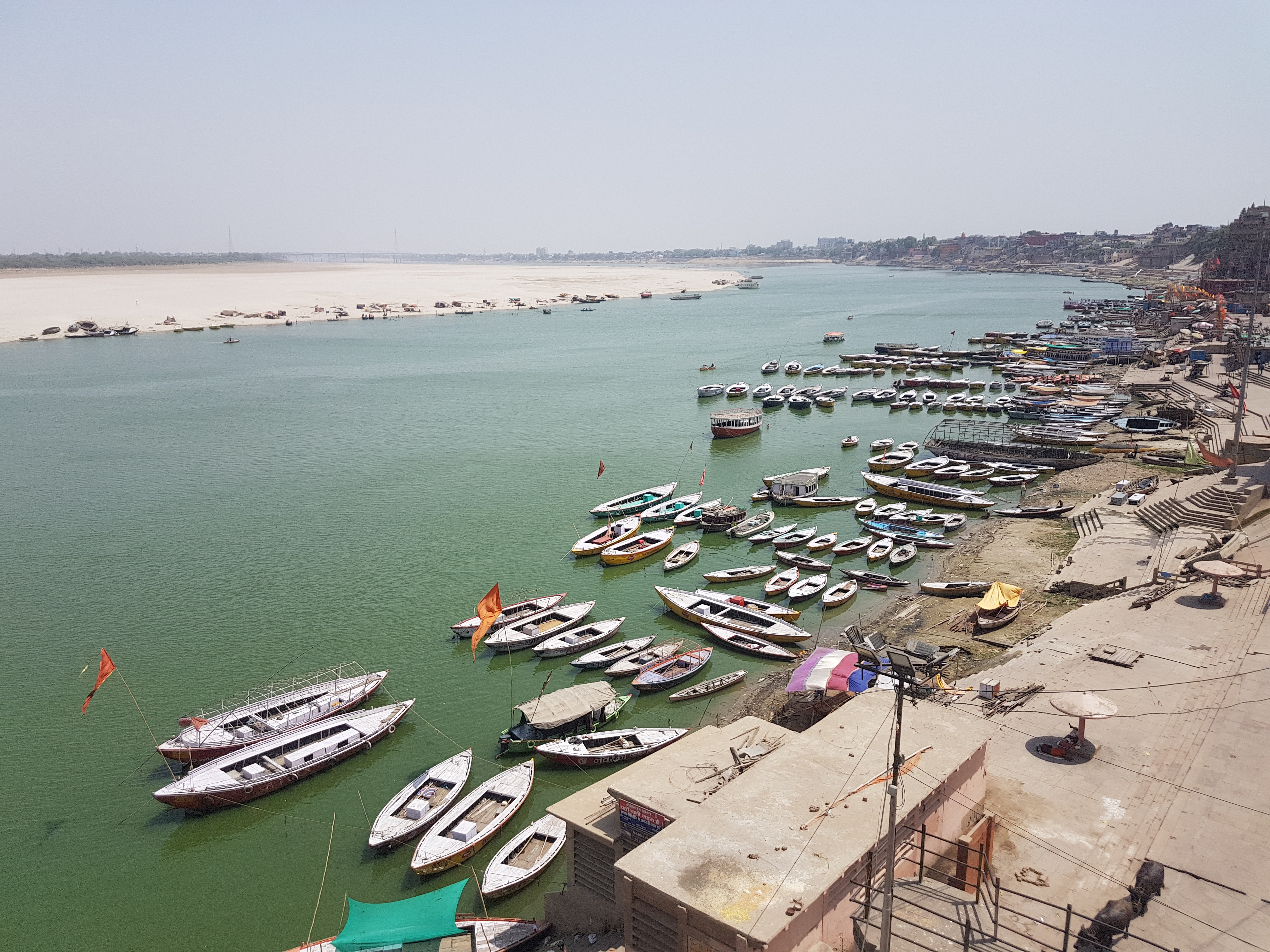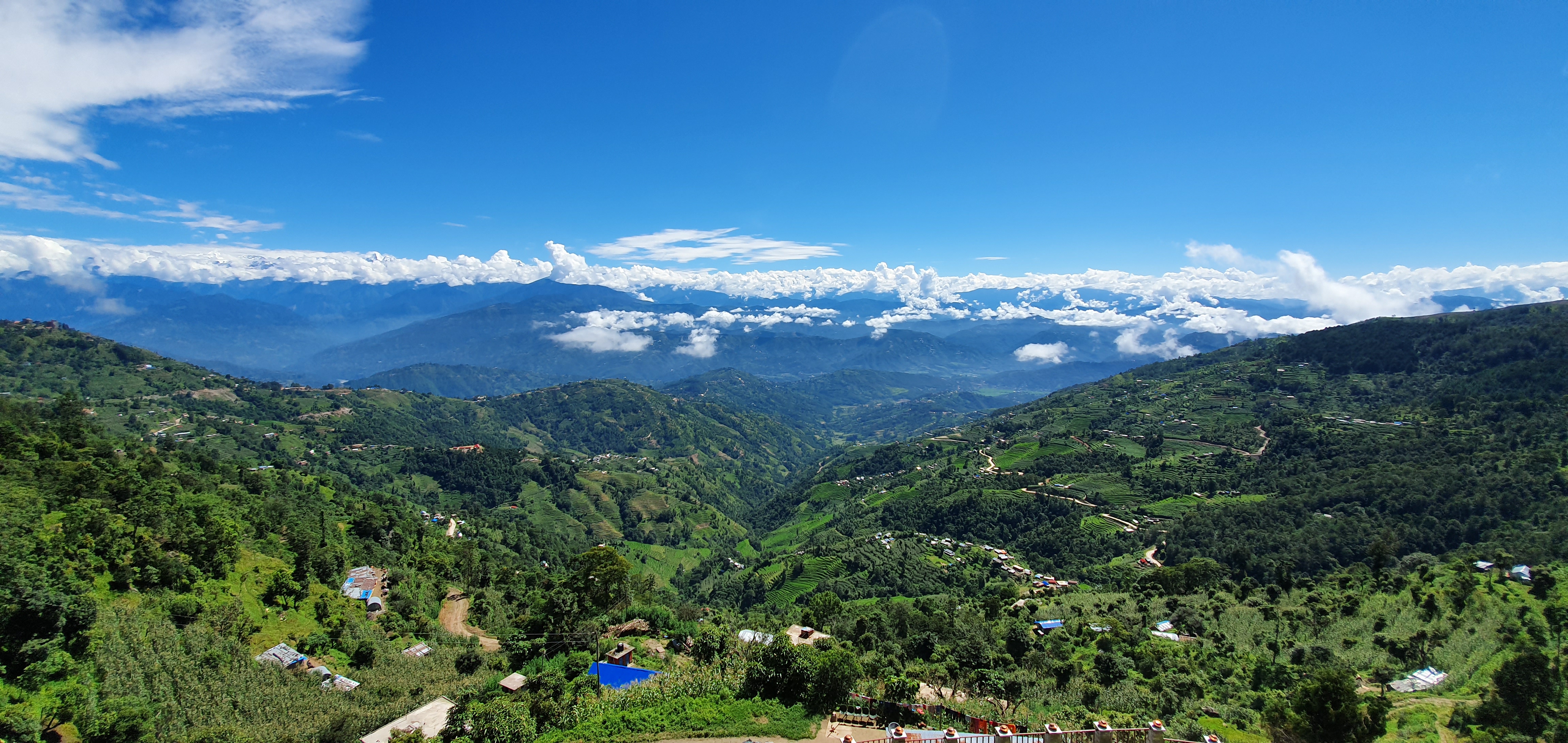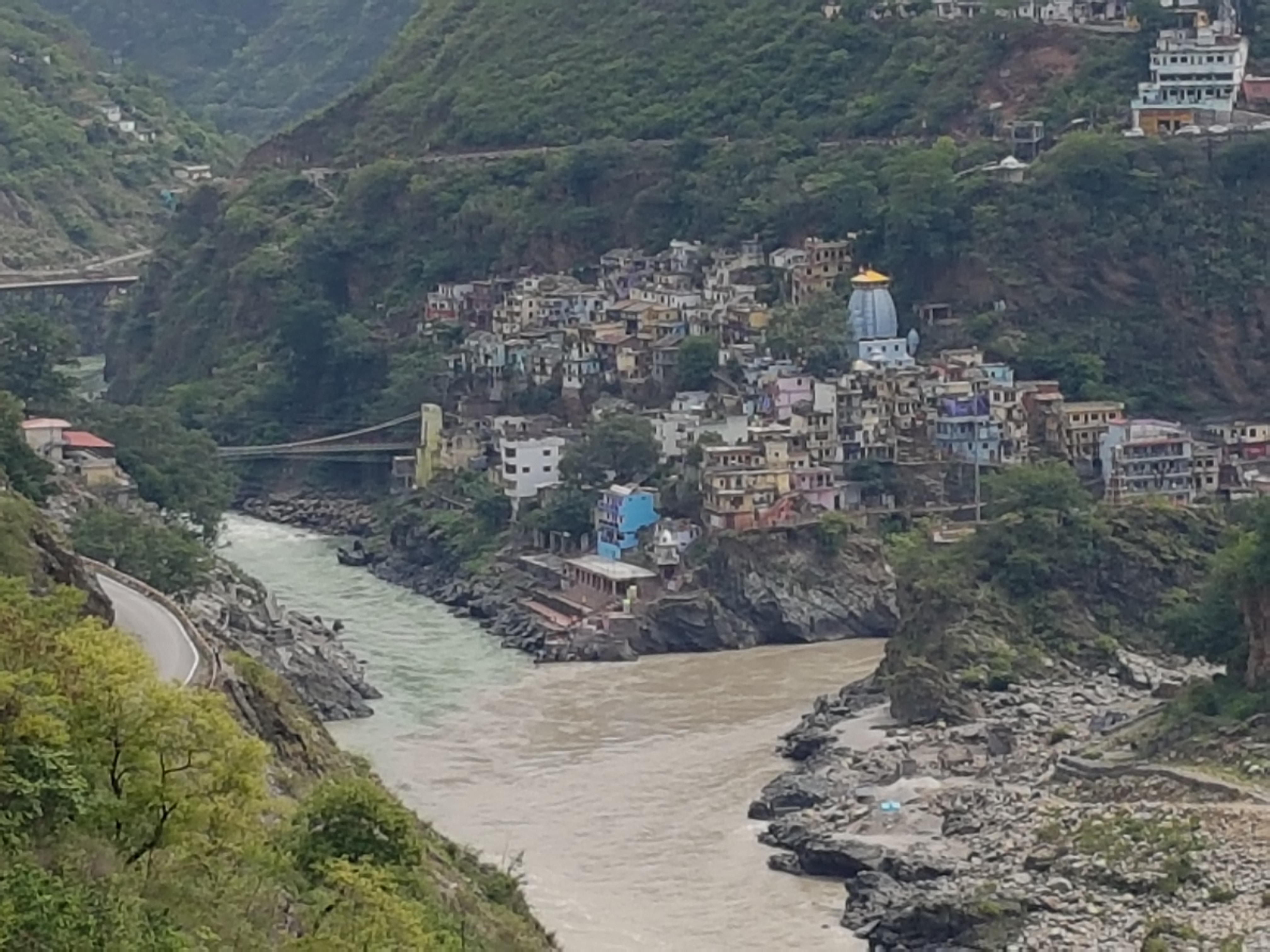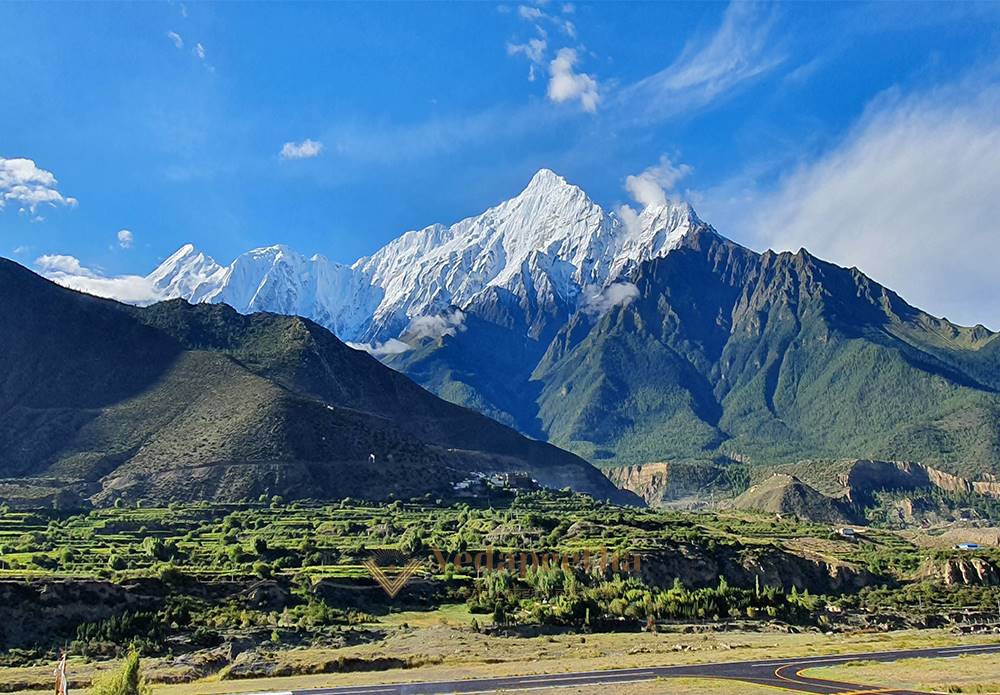Upavedas
Upavedas
‘Upaveda’ refers to texts in the field of science or technology related to the the four Vedas. The four Upavedas are Dhanurveda, Gandharvaveda, Ayurveda and Arthaśāstra. Vāstuśāstra / Vāstuvidyā or Sthāpatyavedais also considered as Upaveda by some scholars. Dhanurveda refers to the science of warfare and is connected to Yajurveda. Gandharvavedadeals with various aspects of music and is connected to Sāmaveda. Ayurveda, the science of health, deals with the medicines;it isconnected to Rigveda or, according to some scholars, to Atharvaveda. Last, Arthaśāstra, which deals with Economics, is connected to Atharvaveda. Vāstuśāstra or Sthāpatyaveda or ancient science of architecture is also sometimes considered as an Upaveda; it is connected to Yajurveda.
Dhanurveda
As mentioned earlier, Dhanurveda is the science of warfare. In Vedic texts, from a quite early period, wars are mentioned with some detail. There are descriptions of bows, arrows and other weapons like sword and knife. Most of the scholars consider Dhanurveda as an Upaveda of Yajurveda. It is said that sages or Ṛṣis like Viśvāmitra, Sadāśiva, Śārṅgadatta and Vikramāditya have written treatises on archery and ancient warfare. Unfortunately, they are not available to us now. But there are some later works such as Kodandamandanam of an unknown author and Vīracintāmaṇī of Śārṅgadhara etc. that mentions the ancient archery, warfare and the different kinds of weapons like sword, arrow, bows, spear and mace that were used in ancient times especially during Vedic period.
Gandharvaveda
Gandharvaveda refers to the science of music. Music has its origin from Sāmaveda and so Gandharveda is consideredas the Upaveda of Sāmaveda. The rules of musical chant of the stanzas of Sāmaveda are given in the books of Samans in a detailed manner. The seven svaras of the classical music are said to have been developed from the three Vedic Svaras namely Udātta, Anudātta and Svaritaḥ:Niṣāda and Gandhāra (NI and GA) from Udātta;Ṛṣabha and Daivata (RI and DA) from Anudātta; finally,Ṣaḍja, Madhyama andPañcama (SA, MA and PA) from Svaritaḥ.
Music also includesvocal and instrumental music. Bharata’s Nāṭyaśāstraexplains that Nāṭyaveda was created by Brahma (the Creator) to help humanity at the end of kṛtayuga; the content was taken from the 4 Vedas, and the specific part about music was taken from Sāmaveda. Nāṭyaśāstra is the earliest workhaving an authority in the field of music. Many other texts like Yāmalāṣṭakatantra, Uddhosaamahodayam, Tālādhyāya, Bharatārṇava, etc. also deal with music and its science. Saṅgītaratnākara of Śārṅgadhara is one among the musical treatises that clearly coversboth the theory and practice of music. Bhulokamalla’s or Someśvara’s book named Mānasollāsa is also devoted to music and dance. Though a large number of books on music were written by differentauthorsat different times, many are no longer in existence now.
Ayurveda
Ayurveda is the Indian system of medicine and its origin can be traced back tothe Vedic period itself. Ayurveda is considered as the Upaveda of both Rigveda and Atharvaveda.Rudra, a form of Śiva,is considered as Bishak or Doctor among the Vedic Gods. The Aśvins (Vedic Gods and twins) are also called Divine physicians in the Vedic Sūktas (hymns). It is said that Vedic Ṛṣis such as Ātreya, Kaśyapa, Harita, Agniveśa, Bela, etc., wrote texts on Ayurveda but, unfortunately,these are now lost.
Almost all the texts on Ayurveda mentionĀtreyapunarvasuas being the formulator of this medical system. But the earliest known treatise on Ayurveda is Caraka’s Caraka Saṁhitā. Suśruta Saṁhitā (written by Suśruta) gives importance to surgery; it even describes different kinds of surgical instruments and surgical operations. Kaśyapa Saṁhitā, believed to have been written by Sage Kaśyapa, also deals with the Ayurvedic treatments. The Aṣṭāṅgahṛdaya of Vāgbhaṭa, Yogasāra of Nāgārjuna, Madhavanidhana and Sidhiyoga of Vriddhamadhava, etc. are other ancient texts dealing with Ayurveda.
Arthaśāstra
The term Arthaśāstra is generally understood to be devoted topolitics or economics but really it is the Śastra or science that deals with Artha or material prosperity.Arthaśāstra is considered as the Upaveda of Atharvaveda. Vedic seers such as Bṛhaspati, Uśanās, Viśālākṣa, Bharadvāja, Parāśara etc. are considered as the founders of Arthaśāstra. Admittedly, no text directly written by them has reached our time,but their names are mentioned in the texts of later authors as Yājñavalkya, Manu, Kautilya or Cāṇakya, etc.
One of the earliest worksin this field is the Arthaśāstraof Kautilya, also known as Cāṇakya. It is a great work, having 15sections dealing with almost all the subjects of administration such as art of ruling, military strategy, taxation, foreign policy and so on. Cāṇakya or Kautilya, also known as Visnugupta, was a minister of the king Candragupta. Śukranīti (attributed to Śukra), Nitisara (written by Kamandaka), Nītivākyāmṛta (written by Somadevasūri) are some other texts about Arthaśāstra.
Vāstuvidyā/Vāstuśāstra or Sthāpatyaveda
Vāstuvidyā, also called Vāstuśāstra or Sthāpatyaveda, is also considered by many an Upaveda, and more precisely an Upaveda of Yajurveda.Viśvakarmā and Maya are mentionedas the two first architects of VedicIndia. The science of architecture had already reached a high stage of developmentin Ancient Indiaand there is an abundant literature on thesubject. Mayamata, attributed to Maya, Sanatkumara Vāstu Śastra, attributed to Sanatkumara, Mānasāra, are some of the ancient works in the field of Indian architecture and sculpture. King Bhoja’s Samarāṅgaṇasūtradhāra, Kumara’s Śilparatna are two important works that deal with the building of Devalaya (temples) and Manuṣyālaya (houses). Some other works are Manuṣyālayacandrikā, Vastumandapa, Prasadamandapa, etc., which deal with different branches of Śilpaśāstra (art of decoration, especially painting), an important field of Sthāpatyaveda.
The term Upaveda is used to describe four practical disciplines of ancient India connected to four Vedas. Though this is not explained in the early Vedic literature, alater Vedic text named Caraṇavyūh provides detailed description regarding the Upavedas as a whole and the texts linked to them. In summary, Upavedas are about various aspects of human civilization, essentially health (Ayurveda), security (Dhanurveda), aesthetics (Gandharvaveda) and the well-being of people (Sthāpatyaveda).
*******
Article Prepared by:
Dr. Saranya P S
Assistant Professor (On Contract)
Dept. of Sanskrit
Sree Sankaracharya University of Sanskrit
Regional Campus, Trivandrum, Kerala, India
‘Upaveda’ refers to texts in the field of science or technology related to the the four Vedas. The four Upavedas are Dhanurveda, Gandharvaveda, Ayurveda and Arthaśāstra. Vāstuśāstra / Vāstuvidyā or Sthāpatyavedais also considered as Upaveda by some scholars. Dhanurveda refers to the science of warfare and is connected to Yajurveda. Gandharvavedadeals with various aspects of music and is connected to Sāmaveda. Ayurveda, the science of health, deals with the medicines;it isconnected to Rigveda or, according to some scholars, to Atharvaveda. Last, Arthaśāstra, which deals with Economics, is connected to Atharvaveda. Vāstuśāstra or Sthāpatyaveda or ancient science of architecture is also sometimes considered as an Upaveda; it is connected to Yajurveda.
Dhanurveda
As mentioned earlier, Dhanurveda is the science of warfare. In Vedic texts, from a quite early period, wars are mentioned with some detail. There are descriptions of bows, arrows and other weapons like sword and knife. Most of the scholars consider Dhanurveda as an Upaveda of Yajurveda. It is said that sages or Ṛṣis like Viśvāmitra, Sadāśiva, Śārṅgadatta and Vikramāditya have written treatises on archery and ancient warfare. Unfortunately, they are not available to us now. But there are some later works such as Kodandamandanam of an unknown author and Vīracintāmaṇī of Śārṅgadhara etc. that mentions the ancient archery, warfare and the different kinds of weapons like sword, arrow, bows, spear and mace that were used in ancient times especially during Vedic period.
Gandharvaveda
Gandharvaveda refers to the science of music. Music has its origin from Sāmaveda and so Gandharveda is consideredas the Upaveda of Sāmaveda. The rules of musical chant of the stanzas of Sāmaveda are given in the books of Samans in a detailed manner. The seven svaras of the classical music are said to have been developed from the three Vedic Svaras namely Udātta, Anudātta and Svaritaḥ:Niṣāda and Gandhāra (NI and GA) from Udātta;Ṛṣabha and Daivata (RI and DA) from Anudātta; finally,Ṣaḍja, Madhyama andPañcama (SA, MA and PA) from Svaritaḥ.
Music also includesvocal and instrumental music. Bharata’s Nāṭyaśāstraexplains that Nāṭyaveda was created by Brahma (the Creator) to help humanity at the end of kṛtayuga; the content was taken from the 4 Vedas, and the specific part about music was taken from Sāmaveda. Nāṭyaśāstra is the earliest workhaving an authority in the field of music. Many other texts like Yāmalāṣṭakatantra, Uddhosaamahodayam, Tālādhyāya, Bharatārṇava, etc. also deal with music and its science. Saṅgītaratnākara of Śārṅgadhara is one among the musical treatises that clearly coversboth the theory and practice of music. Bhulokamalla’s or Someśvara’s book named Mānasollāsa is also devoted to music and dance. Though a large number of books on music were written by differentauthorsat different times, many are no longer in existence now.
Ayurveda
Ayurveda is the Indian system of medicine and its origin can be traced back tothe Vedic period itself. Ayurveda is considered as the Upaveda of both Rigveda and Atharvaveda.Rudra, a form of Śiva,is considered as Bishak or Doctor among the Vedic Gods. The Aśvins (Vedic Gods and twins) are also called Divine physicians in the Vedic Sūktas (hymns). It is said that Vedic Ṛṣis such as Ātreya, Kaśyapa, Harita, Agniveśa, Bela, etc., wrote texts on Ayurveda but, unfortunately,these are now lost.
Almost all the texts on Ayurveda mentionĀtreyapunarvasuas being the formulator of this medical system. But the earliest known treatise on Ayurveda is Caraka’s Caraka Saṁhitā. Suśruta Saṁhitā (written by Suśruta) gives importance to surgery; it even describes different kinds of surgical instruments and surgical operations. Kaśyapa Saṁhitā, believed to have been written by Sage Kaśyapa, also deals with the Ayurvedic treatments. The Aṣṭāṅgahṛdaya of Vāgbhaṭa, Yogasāra of Nāgārjuna, Madhavanidhana and Sidhiyoga of Vriddhamadhava, etc. are other ancient texts dealing with Ayurveda.
Arthaśāstra
The term Arthaśāstra is generally understood to be devoted topolitics or economics but really it is the Śastra or science that deals with Artha or material prosperity.Arthaśāstra is considered as the Upaveda of Atharvaveda. Vedic seers such as Bṛhaspati, Uśanās, Viśālākṣa, Bharadvāja, Parāśara etc. are considered as the founders of Arthaśāstra. Admittedly, no text directly written by them has reached our time,but their names are mentioned in the texts of later authors as Yājñavalkya, Manu, Kautilya or Cāṇakya, etc.
One of the earliest worksin this field is the Arthaśāstraof Kautilya, also known as Cāṇakya. It is a great work, having 15sections dealing with almost all the subjects of administration such as art of ruling, military strategy, taxation, foreign policy and so on. Cāṇakya or Kautilya, also known as Visnugupta, was a minister of the king Candragupta. Śukranīti (attributed to Śukra), Nitisara (written by Kamandaka), Nītivākyāmṛta (written by Somadevasūri) are some other texts about Arthaśāstra.
Vāstuvidyā/Vāstuśāstra or Sthāpatyaveda
Vāstuvidyā, also called Vāstuśāstra or Sthāpatyaveda, is also considered by many an Upaveda, and more precisely an Upaveda of Yajurveda.Viśvakarmā and Maya are mentionedas the two first architects of VedicIndia. The science of architecture had already reached a high stage of developmentin Ancient Indiaand there is an abundant literature on thesubject. Mayamata, attributed to Maya, Sanatkumara Vāstu Śastra, attributed to Sanatkumara, Mānasāra, are some of the ancient works in the field of Indian architecture and sculpture. King Bhoja’s Samarāṅgaṇasūtradhāra, Kumara’s Śilparatna are two important works that deal with the building of Devalaya (temples) and Manuṣyālaya (houses). Some other works are Manuṣyālayacandrikā, Vastumandapa, Prasadamandapa, etc., which deal with different branches of Śilpaśāstra (art of decoration, especially painting), an important field of Sthāpatyaveda.
The term Upaveda is used to describe four practical disciplines of ancient India connected to four Vedas. Though this is not explained in the early Vedic literature, alater Vedic text named Caraṇavyūh provides detailed description regarding the Upavedas as a whole and the texts linked to them. In summary, Upavedas are about various aspects of human civilization, essentially health (Ayurveda), security (Dhanurveda), aesthetics (Gandharvaveda) and the well-being of people (Sthāpatyaveda).
*******
Article Prepared by:
Dr. Saranya P S
Assistant Professor (On Contract)
Dept. of Sanskrit
Sree Sankaracharya University of Sanskrit
Regional Campus, Trivandrum, Kerala, India
Subsribe our package to Read Full
Subscribe Now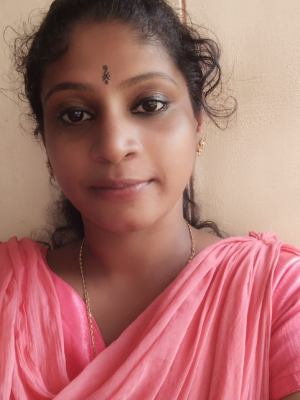
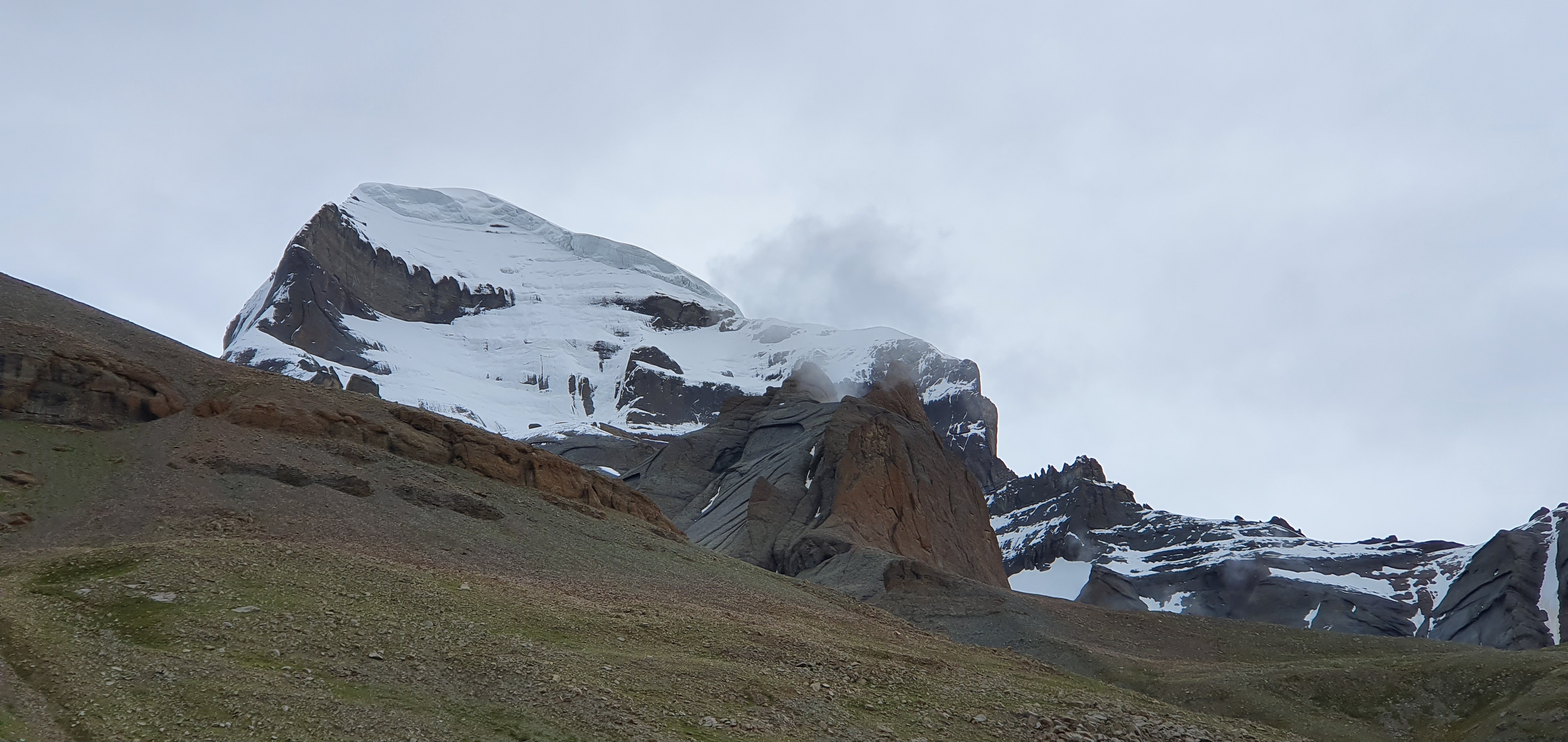
?>resources/frontend/assets/images/4.jpg)


.jpg)
